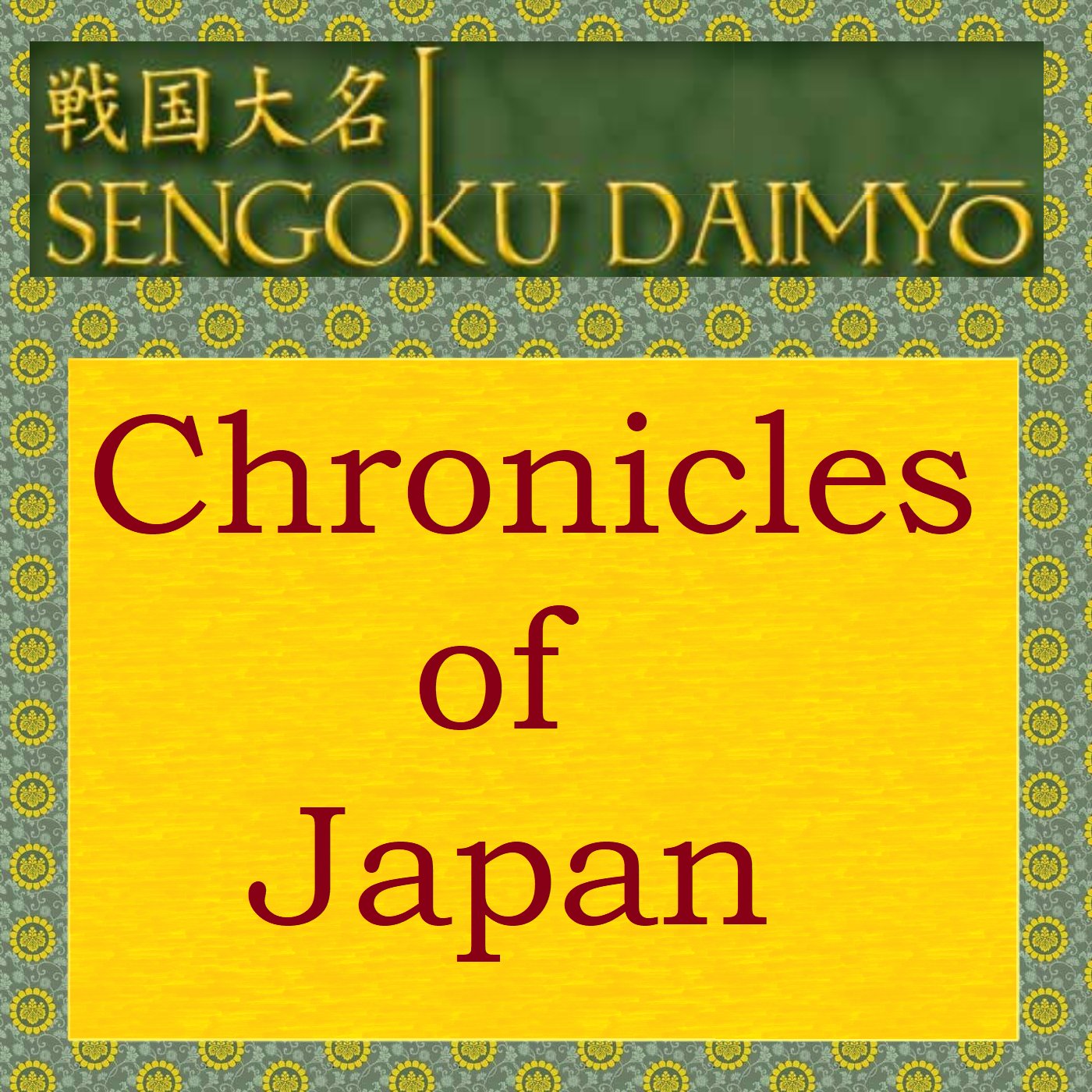- After-Shows
- Alternative
- Animals
- Animation
- Arts
- Astronomy
- Automotive
- Aviation
- Baseball
- Basketball
- Beauty
- Books
- Buddhism
- Business
- Careers
- Chemistry
- Christianity
- Climate
- Comedy
- Commentary
- Courses
- Crafts
- Cricket
- Cryptocurrency
- Culture
- Daily
- Design
- Documentary
- Drama
- Earth
- Education
- Entertainment
- Entrepreneurship
- Family
- Fantasy
- Fashion
- Fiction
- Film
- Fitness
- Food
- Football
- Games
- Garden
- Golf
- Government
- Health
- Hinduism
- History
- Hobbies
- Hockey
- Home
- How-To
- Improv
- Interviews
- Investing
- Islam
- Journals
- Judaism
- Kids
- Language
- Learning
- Leisure
- Life
- Management
- Manga
- Marketing
- Mathematics
- Medicine
- Mental
- Music
- Natural
- Nature
- News
- Non-Profit
- Nutrition
- Parenting
- Performing
- Personal
- Pets
- Philosophy
- Physics
- Places
- Politics
- Relationships
- Religion
- Reviews
- Role-Playing
- Rugby
- Running
- Science
- Self-Improvement
- Sexuality
- Soccer
- Social
- Society
- Spirituality
- Sports
- Stand-Up
- Stories
- Swimming
- TV
- Tabletop
- Technology
- Tennis
- Travel
- True Crime
- Episode-Games
- Visual
- Volleyball
- Weather
- Wilderness
- Wrestling
- Other
Magpies, Buddhism, and the Baekje Summer Reading Program
This episode we will look at the influences on Japan from the continent, starting with what was going on between the archipelago and the peninsula with tribute--in the form of birds and even books--as well as conflict. We'll start to look at what sorts of knowledge was being passed over to Japan in the form of various books, and hopefully set the stage for changes that we will eventually see in the form of the Yamato government, itself. For more, check out our blog post at https://sengokudaimyo.com/podcast/episode-94 Rough Transcript Welcome to Sengoku Daimyo’s Chronicles of Japan. My name is Joshua, and this is Episode 94: Magpies, Buddhism, and the Baekje Summer Reading Program This is one of a multi-part series discussing the late 6th and early 7th centuries during the reign of Kashikiya Hime, aka Suiko Tennou. Last episode, Episode 93, I did a very quick overview of just what is going on and some of the players involved. This episode I want to start deep diving into some of the topics, and we’re going to start with looking at the relationship between Yamato and the Continent, primarily, but not exclusively, through their relationships, the gifts and tribute that was going back and forth, and immigration—primarily from Baekje and Silla—and the importation of new ideas, not just Buddhism. This in turn would would eventually lead to a formal change in the way that the Yamato state governed itself and how it came to see itself even as an equal to that of the Sui court, which had unified the various kingdoms of the Yangtze and Yellow River Basins in the area of modern China. To begin, we’ll go back a bit, because this dynamic isn’t simply about Kashikiya Hime, Soga no Umako, or any one, single figure—though that is often how it is portrayed. To start with, let’s cover some background and what we know about the archipelago and the continent. As we went over many, many episodes back, the early Yayoi period, prior to the Kofun period, saw a growth in material cultural items that were from or quite similar to those on the Korean peninsula. There had been some similarities previously, during the Jomon period, but over the course of what now looks to be 1200 to 1300 years, the is evidence of people going regularly back and forth across the straits. It is quite likely that there were Wa cultural entities on both sides in the early centuries BCE, and there are numerous groups mentioned on the Korean peninsula, presumably from different ethno-linguistic backgrounds, though typically only three areas get much focus: The Samhan, or three Han, of Mahan, Byeonhan, and Jinhan. Later this would shift to three Kingdoms: Baekje, Silla, and Goguryeo, and they would get almost all of the press. Still, we know that there were groups like the Gaya, or Kara, confederacy, and likely other small, eventually isolated groups that did not have their stories written down anywhere, other than mentions in the Chronicles of Japan or of one of the other three major Kingdoms of the peninsula. These groups continued to trade with the continent, and as the archipelago entered the period of mounded tombs, they were doing so as part of a larger mounded tomb cultural area that included both the archipelago and the Korean peninsula: First the funkyubo, which is to say burial mounds, with multiple burials, and then the kofun, the singular tomb mounds for an individual and possibly their direct relatives. This tradition reached its apex with the distinct zenpo-koen, or round-keyhole style, kofun, an innovation that was rooted in continental practice but at the same time distinctly a part of the archipelago. Many artifacts came over throughout this period, and a fair number of them came with a new innovation: writing. There

